Key Takeaways:
- Proper harness fit is critical for preventing injury and ensuring comfort.
- Materials and design innovations contribute to the functionality of harnesses.
- Weight distribution and adjustable features improve the walking experience.
- Training your dog for harness use is essential for a positive outcome.
- Maintenance of the harness is critical to its longevity and your dog’s safety.
Table of Contents
Introduction to Dog Harnesses
The complexity of finding the right gear for dogs has expanded as the awareness of their physical needs has grown. Among the plethora of canine accessories available, the dog harness stands out as an indispensable tool for enhancing the safety and comfort of daily walks. Unlike traditional collars that may apply pressure to a dog’s neck, well-crafted harnesses distribute the strain more evenly across the body.
Understanding Dog Anatomy and Harness Fit
Selecting an excellent harness design, such as the joyride harness, can significantly improve the dog’s and the walker’s wellbeing. Dogs, like humans, come in various shapes and sizes, requiring a keen understanding of their physical structure when selecting a harness. The correspondence between a harness’s design and a dog’s anatomy is not merely about aesthetics but health and comfort. Ill-fitting harnesses can lead to chaffing, restricted breathing, and long-term musculoskeletal damage. A precise balance is needed to ensure the harness fits snugly without impeding movement or causing discomfort. To that end, a resource provided by PetMD dives into the criteria for choosing the appropriate harness, considering diverse breeds and sizes.
The Role of Materials in Harness Comfort and Durability
The impact of a harness on a dog’s daily life is influenced significantly by the materials used. To meet the demands of various activities, manufacturers use everything from nylon to neoprene, each offering different levels of comfort, breathability, and resilience. For dogs with sensitive skin—or those living in hotter climates—choosing a harness with a non-abrasive, breathable fabric is essential for preventing rashes and overheating. In addition, durability is crucial for ensuring the harness can withstand the rigors of daily use. The National Center for Biotechnology Information (NCBI) provides comprehensive research on the relationship between harness materials, skin health, and allergies.
Innovative Features in Modern Dog Harnesses
Modern dog harnesses offer more than just utility; they are replete with features that cater to the varied needs of pets and pet parents alike. Reflective elements are a safety standard for nighttime visibility, while built-in handles offer additional control in crowded spaces or during training sessions. Furthermore, adjustable straps are not just about accommodating a growing dog—they also enable precise customization to unique body shapes, preventing potential escape or injury. Clips and buckles are designed to be secure yet easy to engage, making putting on and taking off the harness simple and stress-free for both the dog and the handler.
The Science of Weight Distribution in Harness Design
One of the primary considerations in harness design is force distribution, mainly when dealing with dogs that pull. A well-designed harness can significantly mitigate the risk of harm by dispersing pressure away from the neck—a sensitive area prone to injury—and across the broader chest area. This consideration also leads to a more pleasant walking experience, as dogs are less likely to resist a harness that feels comfortable and allows them to move naturally. This aspect of design enhances the dog’s wellbeing and promotes better control for the owner, contributing to the overall success of the walking routine.
Importance of Harnesses for Specific Dog Breeds and Sizes
No single harness design fits all dogs flawlessly. From the most diminutive Chihuahua to the towering Great Dane, there is a vast range of bodily dimensions and breed-specific characteristics to consider. Apart from size, the breed’s behavior, strength level, and joint health issues play integral roles in determining the most suitable harness. For instance, breeds with tender tracheas require a harness that minimizes any pressure on their throat, while robust, muscular breeds need a strong and secure contraption that can withstand their power without breaking or causing discomfort.
Training and Acclimatizing Your Dog to a New Harness
Once an optimal harness is chosen, the challenge shifts to familiarizing your dog with its new accessory. Proper training is critical to ensuring a harness is a source of comfort and not distress. Introducing the harness in a calm, controlled environment, reinforcing positive associations with treats or affection, and incrementally increasing the duration of wear can transform the process into a positive experience. Moreover, it is imperative to consistently reward calm behaviors and proper leash etiquette to facilitate a smooth transition to harness usage.
Common Myths and Misconceptions About Dog Harnesses
Information surrounding dog harnesses is as diverse as it is widespread. However, not all advice is created equal or based on factual evidence. For instance, the myth that harnesses encourage pulling lacks scientific basis and fails to consider that training and proper harness adjustment play a more significant role in managing leash behavior. Another common misconception is that harnesses are only suitable for larger breeds, disregarding their benefits to smaller dogs regarding safety and comfort. Dispelling these myths with well-researched information equips owners to navigate the world of canine equipment confidently.
Expert Tips for Harness Care and Maintenance
Regular care and maintenance are the unseen heroes in the longevity of dog harnesses. Dirt, moisture, and natural wear and tear can degrade the integrity of a harness over time. To prevent this, periodic cleaning—following the manufacturer’s instructions—and tactile inspections for any signs of fraying, rusting, or damage are essential. Recognizing the signs of wear and acting promptly can prevent potential safety hazards and ensure your dog remains safe and comfortable in their harness. Proactive maintenance not merely saves money; it prioritizes the welfare of your canine companion.
Choosing the Right Harness for Your Companion’s Lifestyle
The ultimate choice in selecting a harness extends beyond mere fit and material—it involves considering your dog’s lifestyle and the activities you share. A dog that frequents mountain trails may benefit from a rugged, weather-resistant harness, while an urban pet might require one optimized for visibility in the cityscape. Understanding your dog’s routine and environmental challenges is the final piece of the puzzle of picking a harness that fits their body and life.








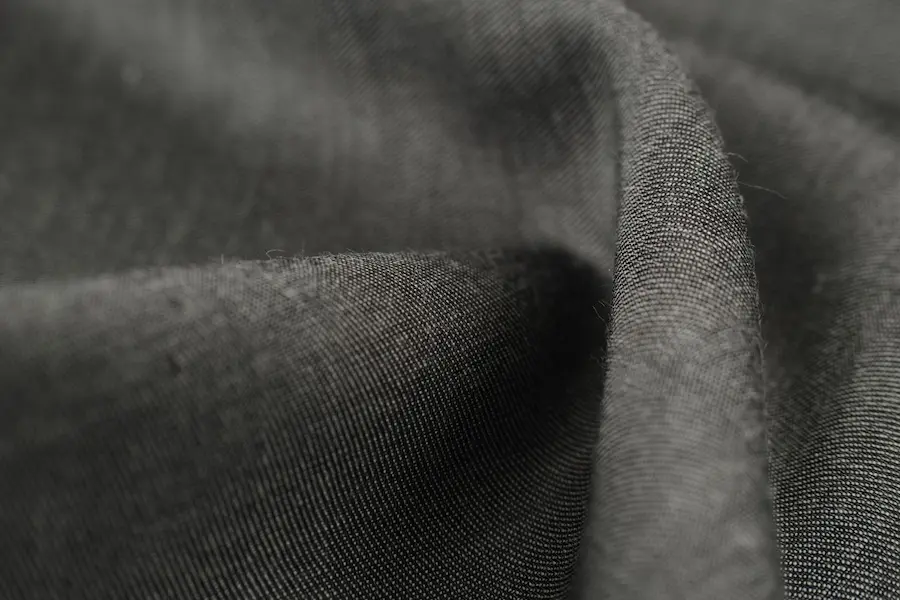



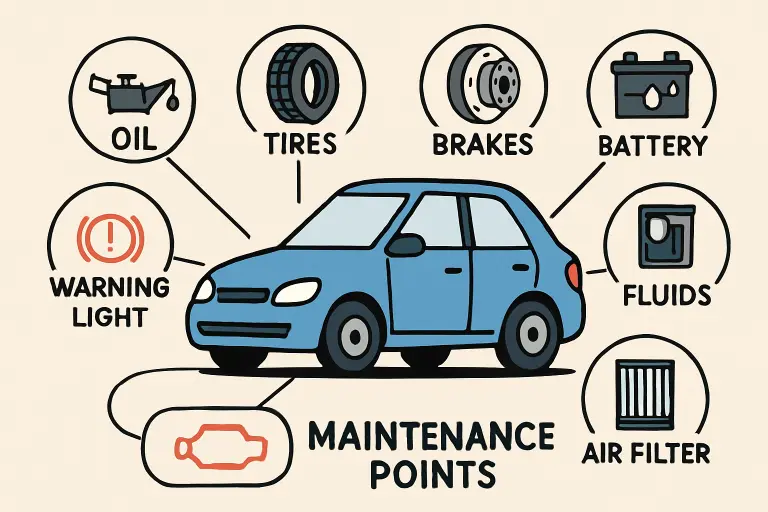











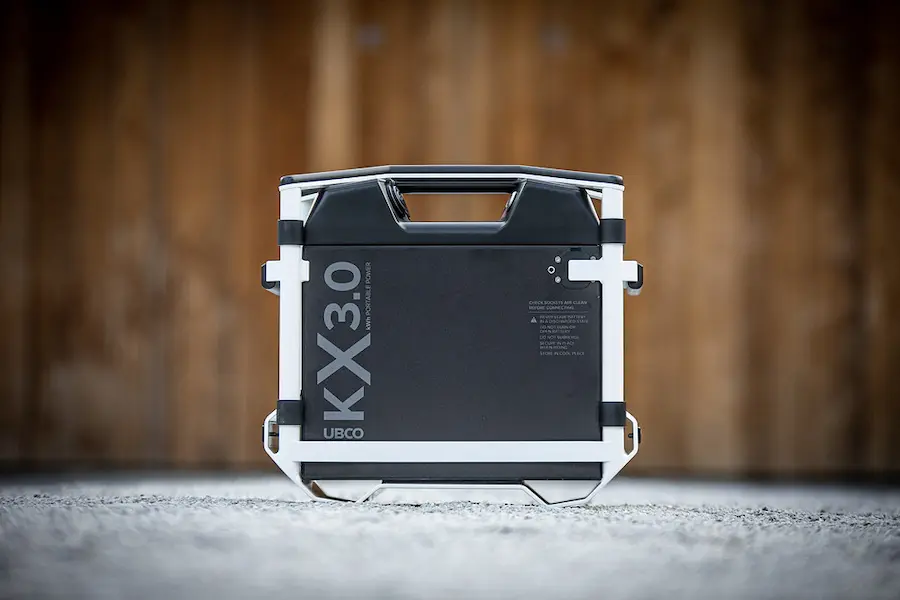




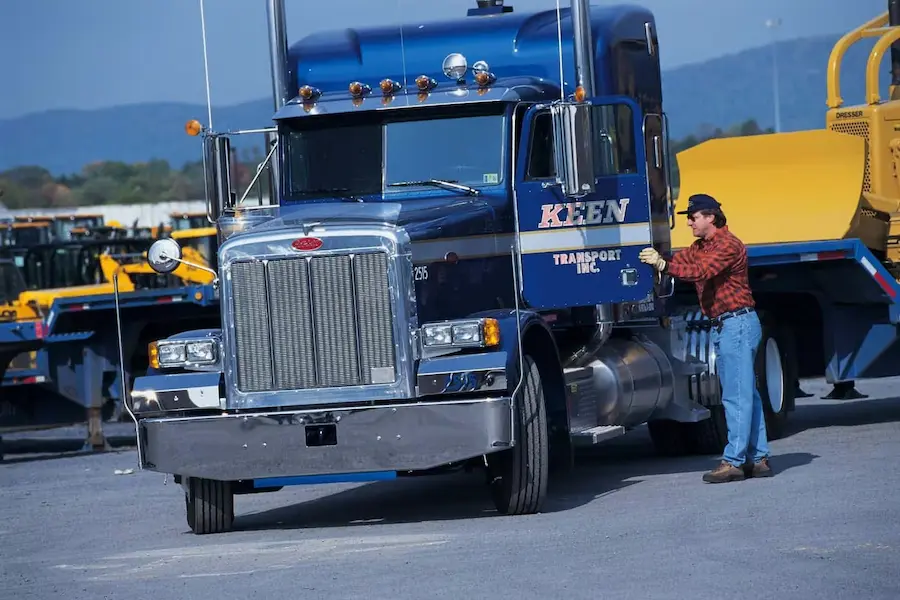












































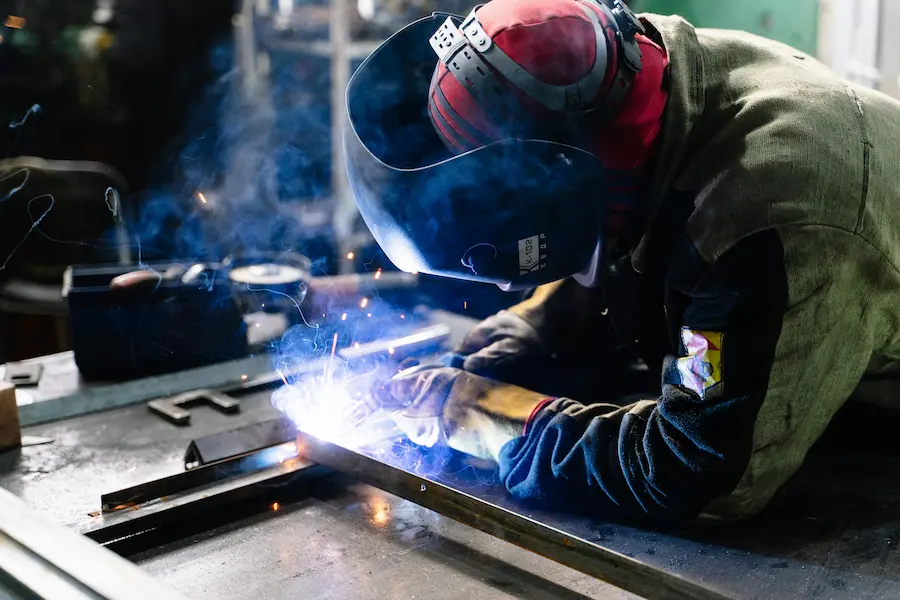




















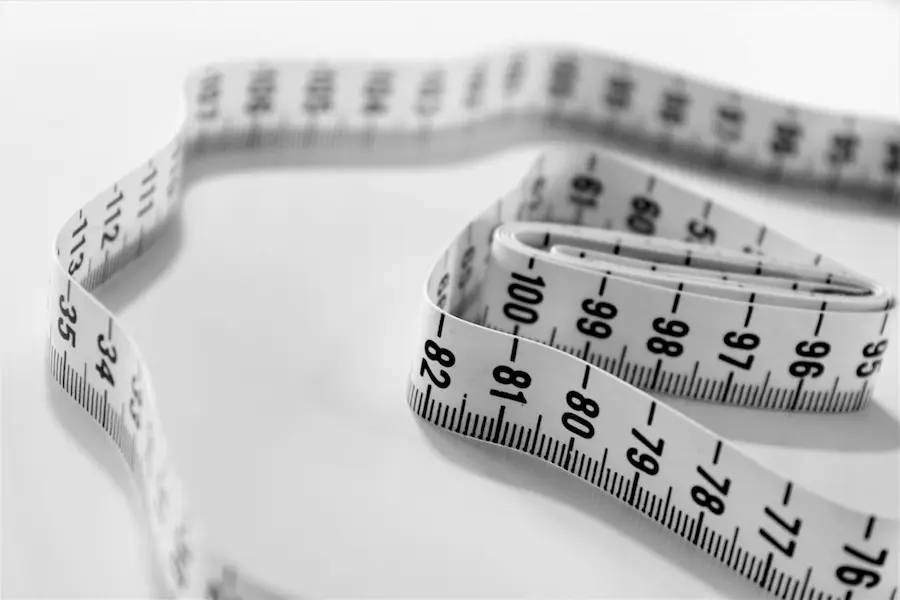


























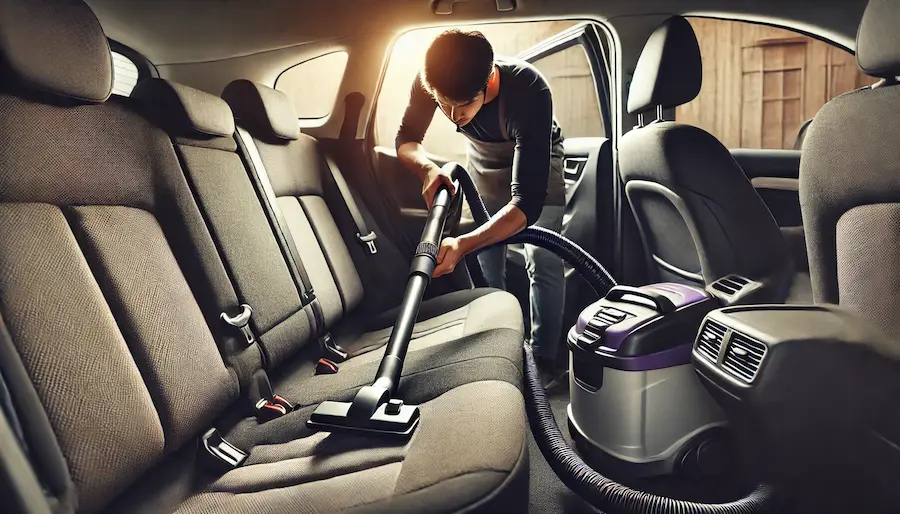














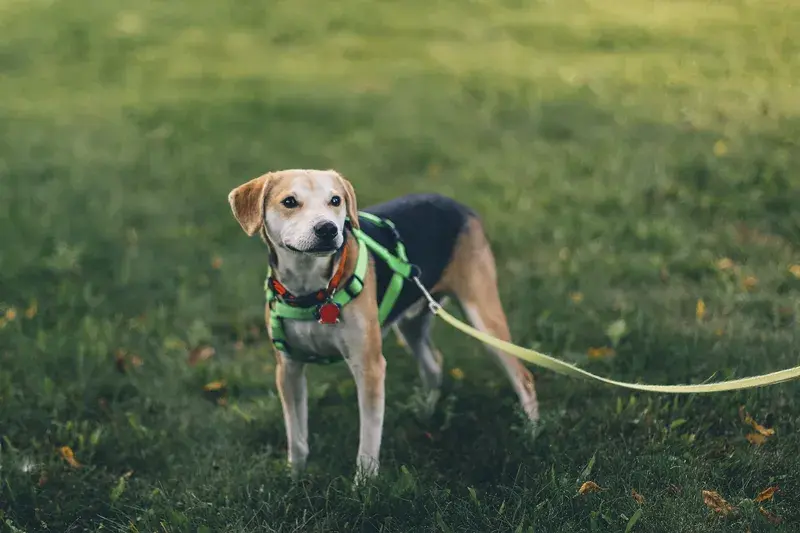













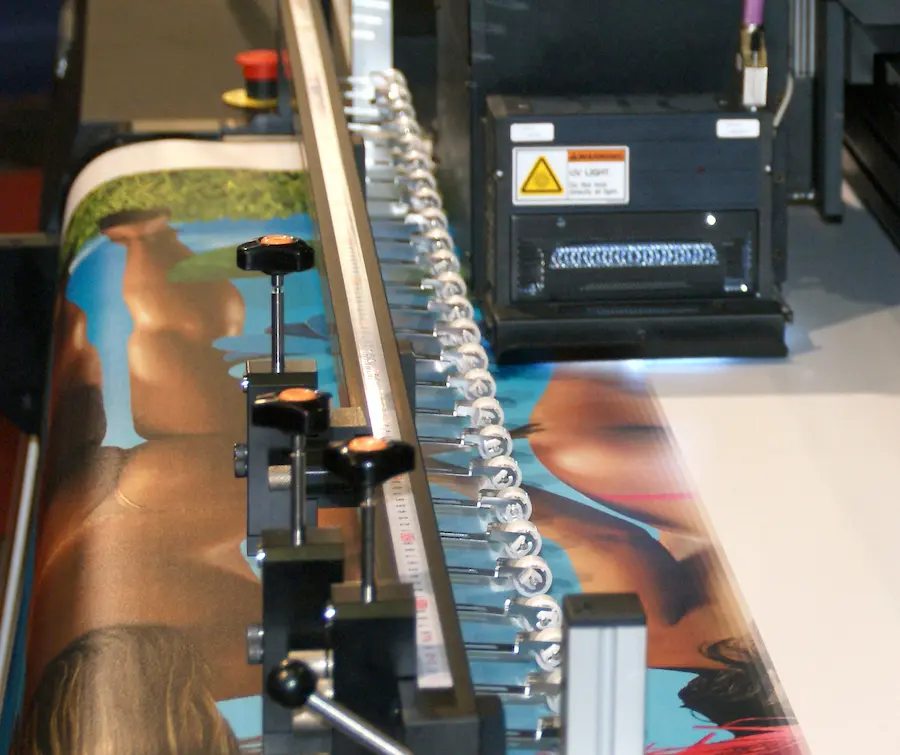

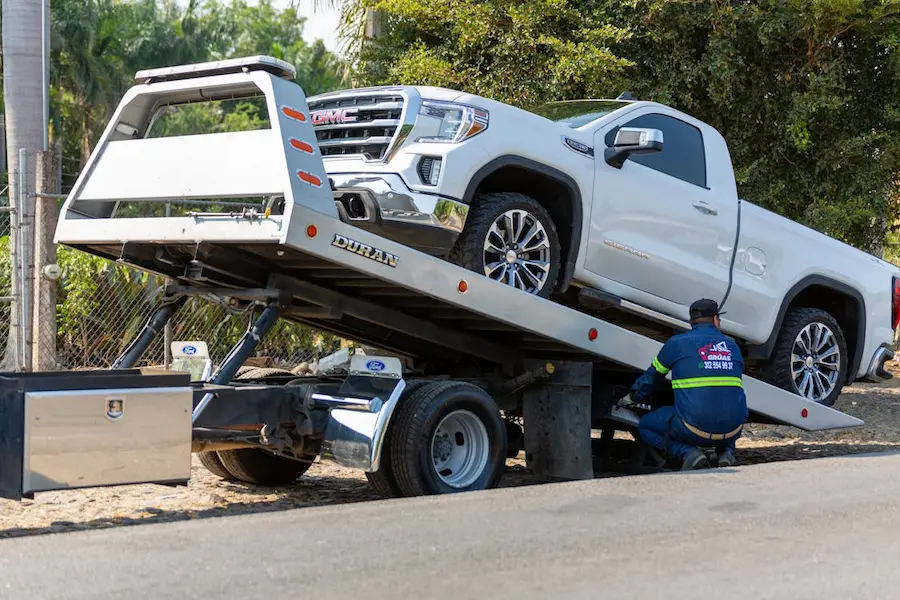




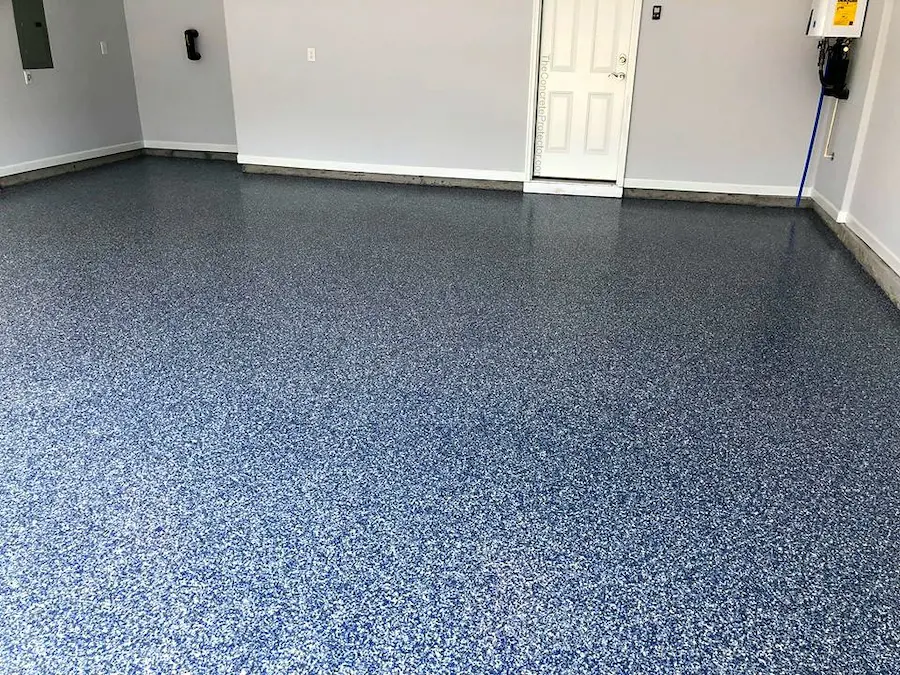













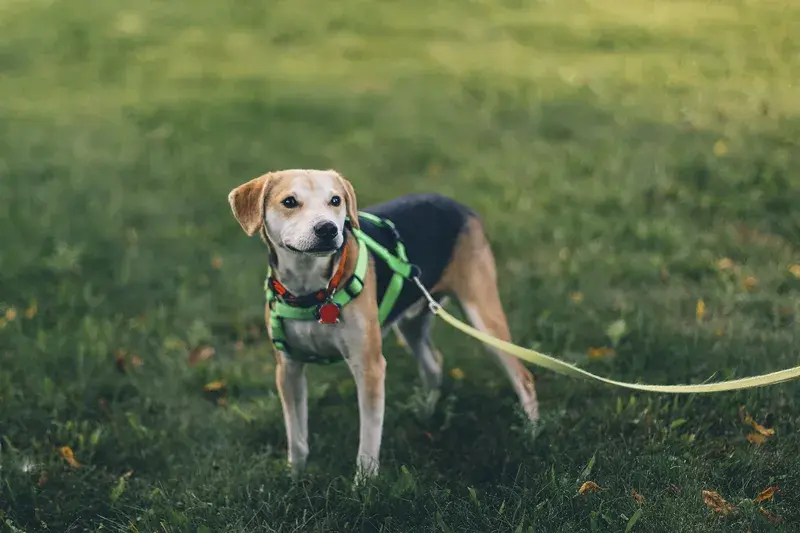

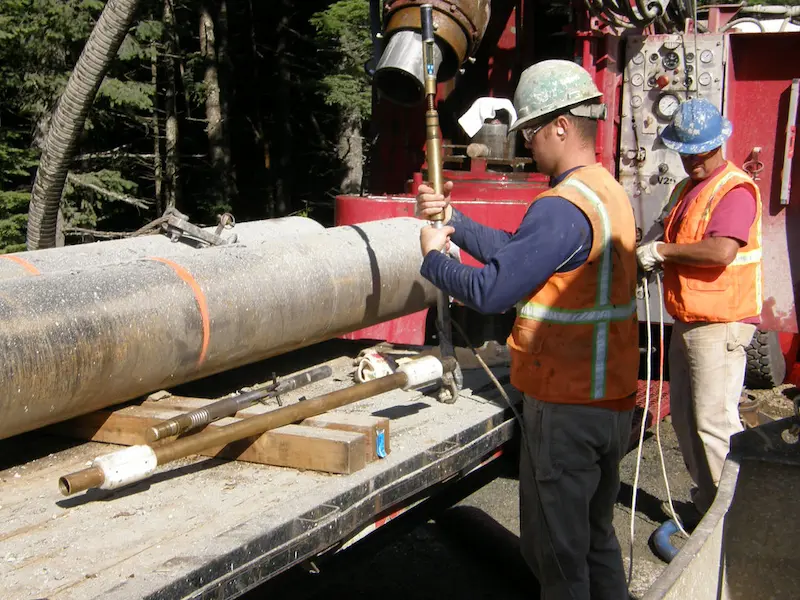











































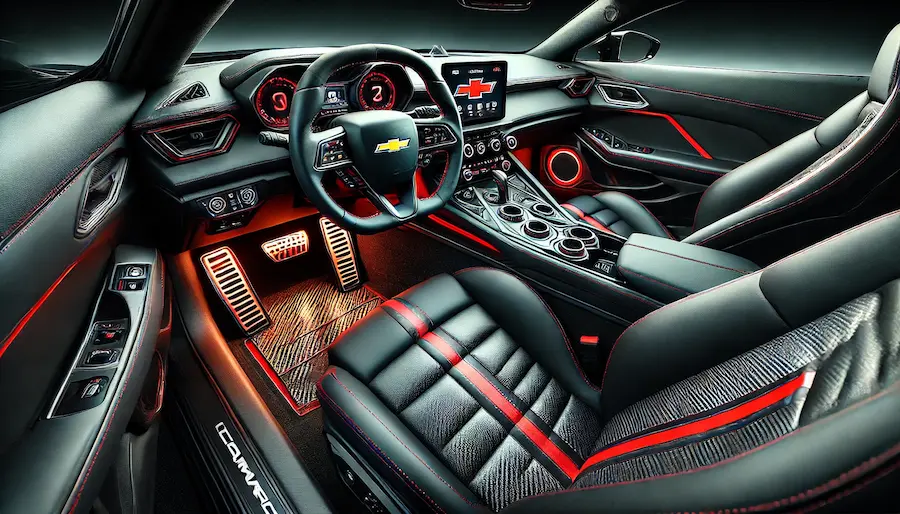










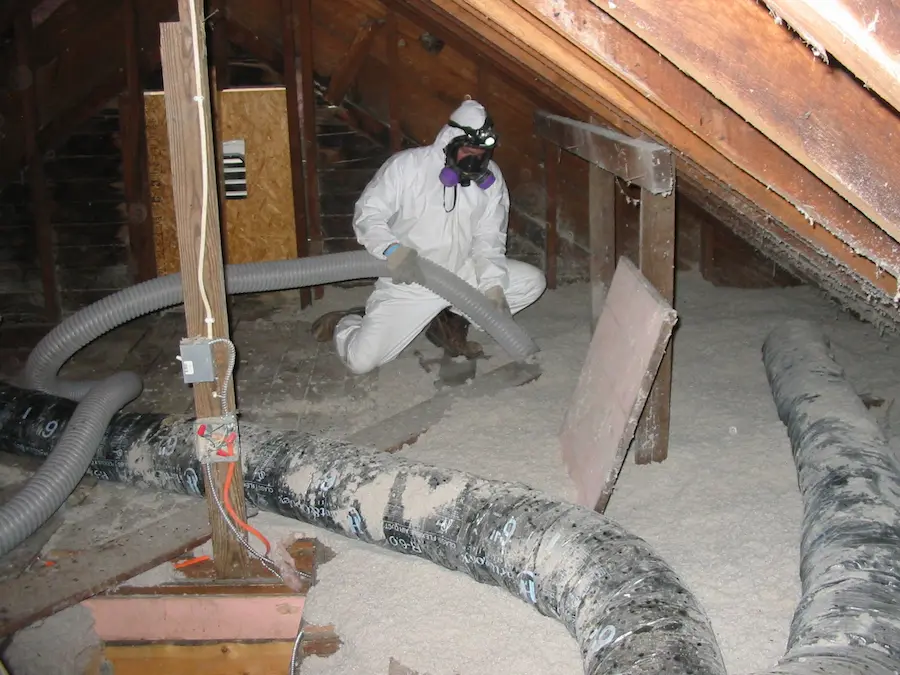






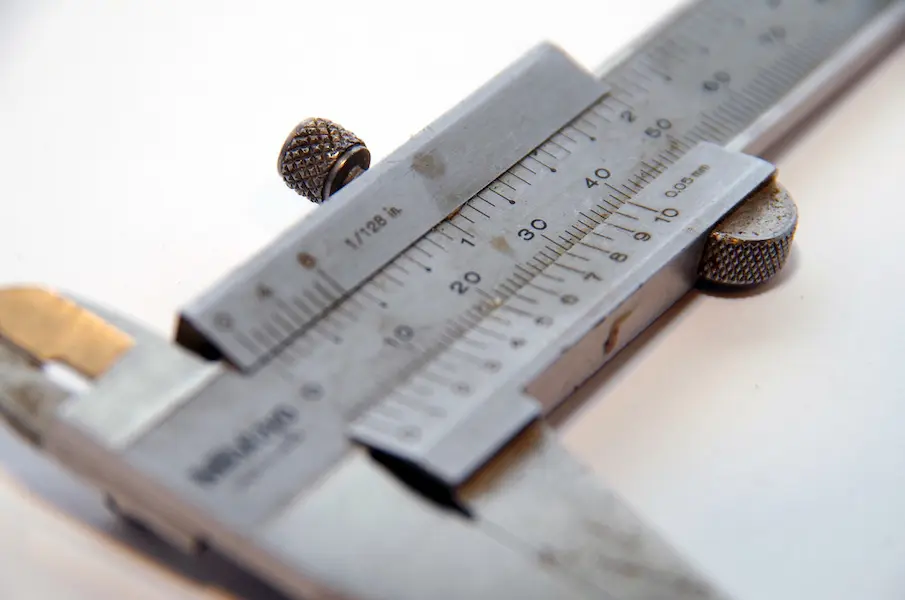










































































































































































































































































































































































































































































































































































































































































































































































































































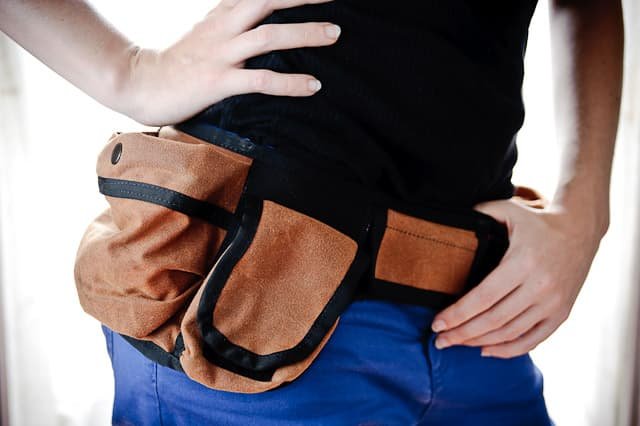
































































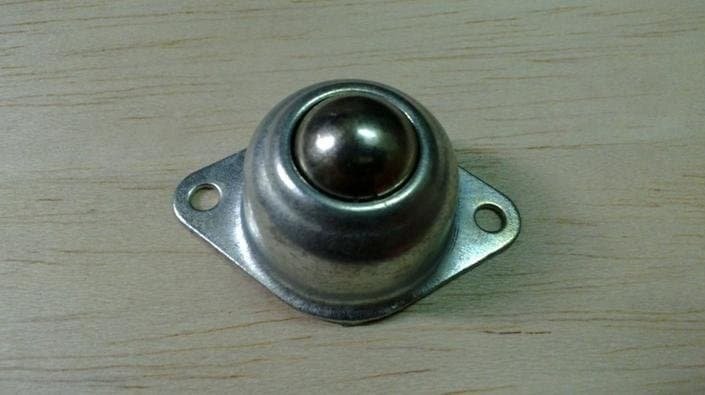

















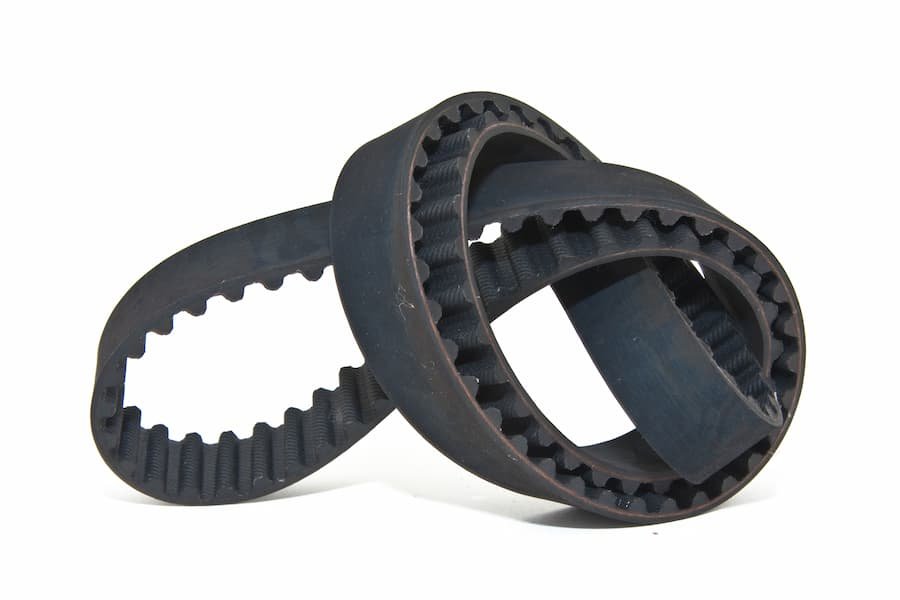



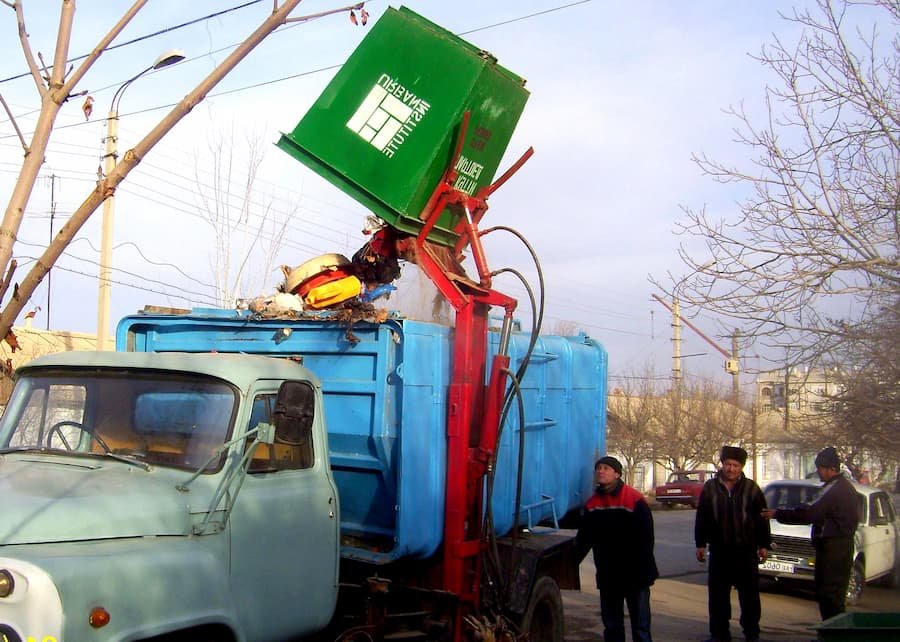








































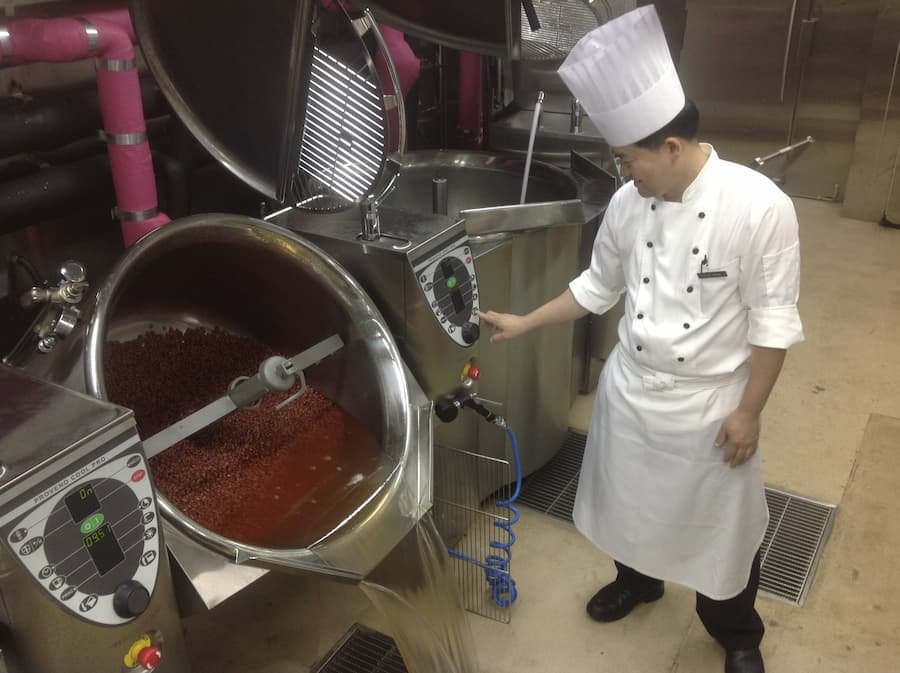




































0